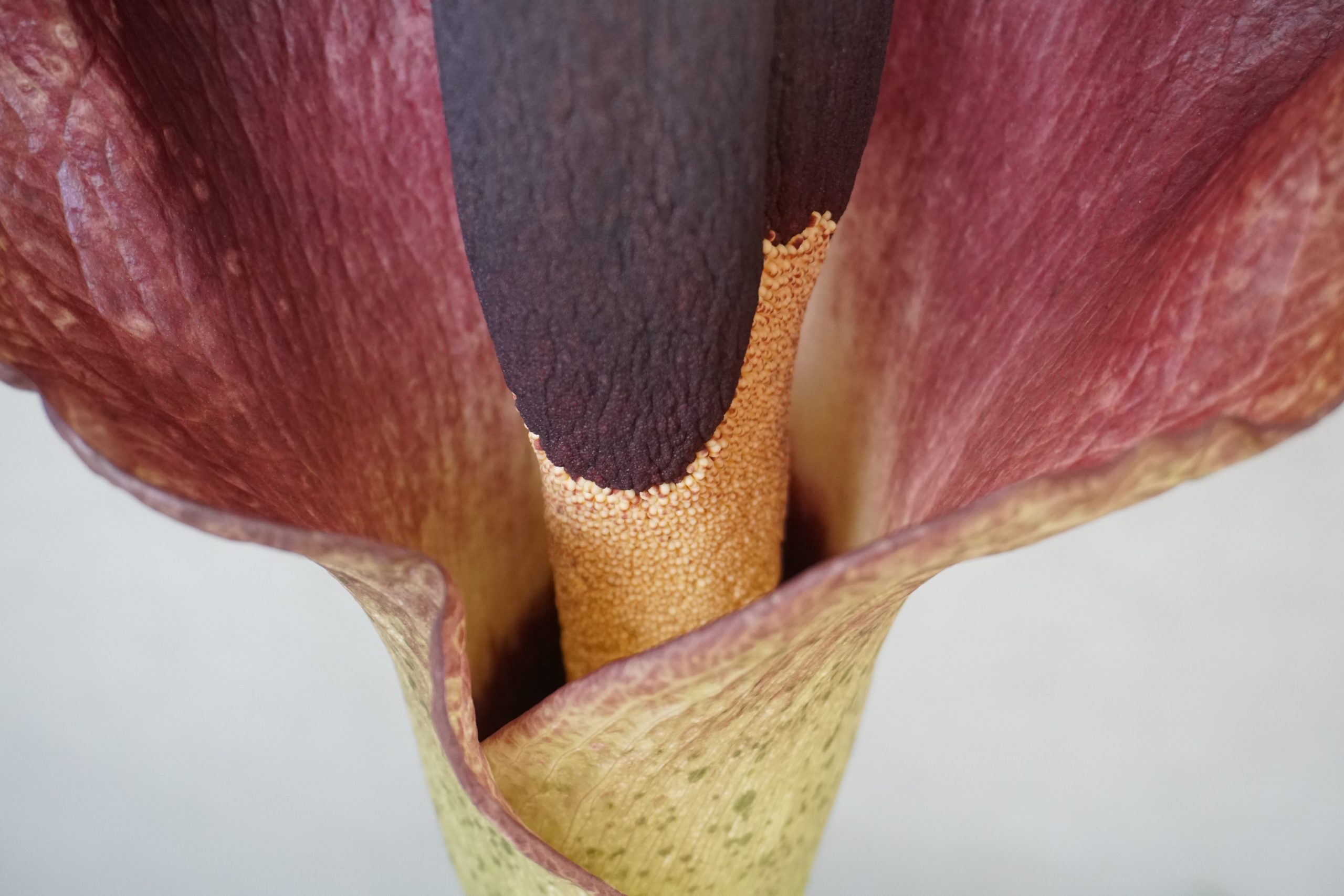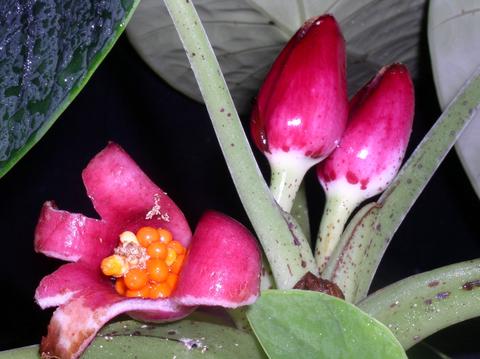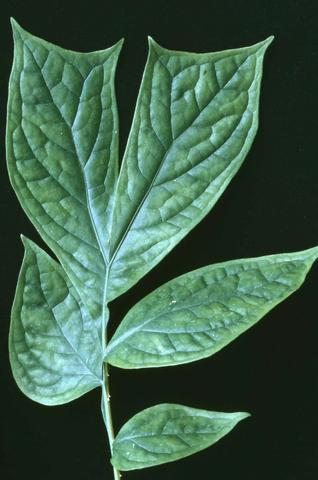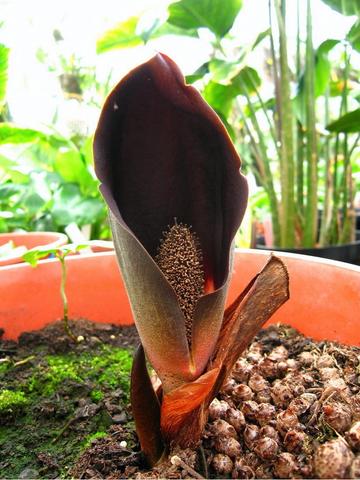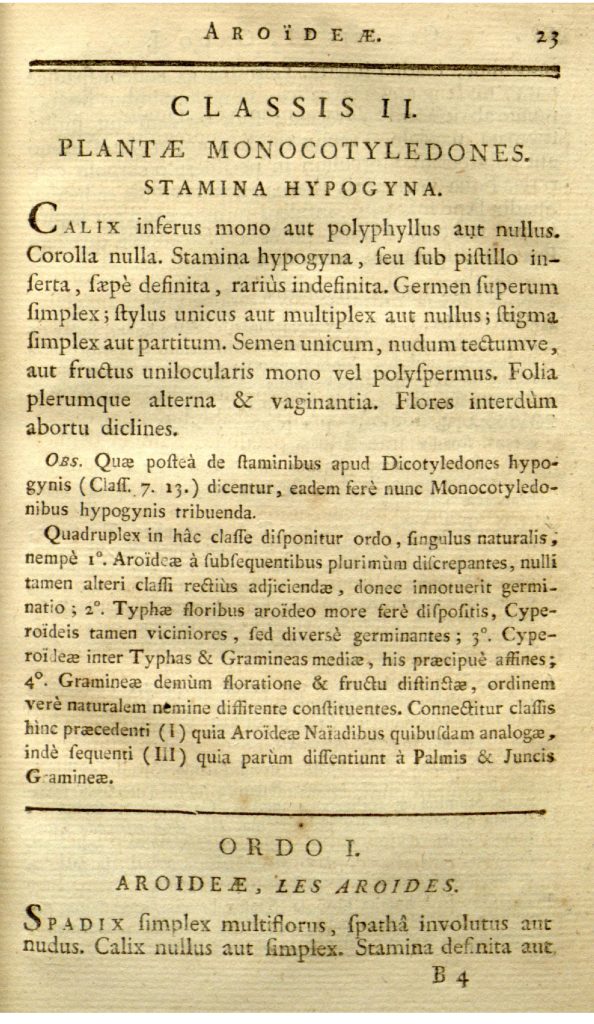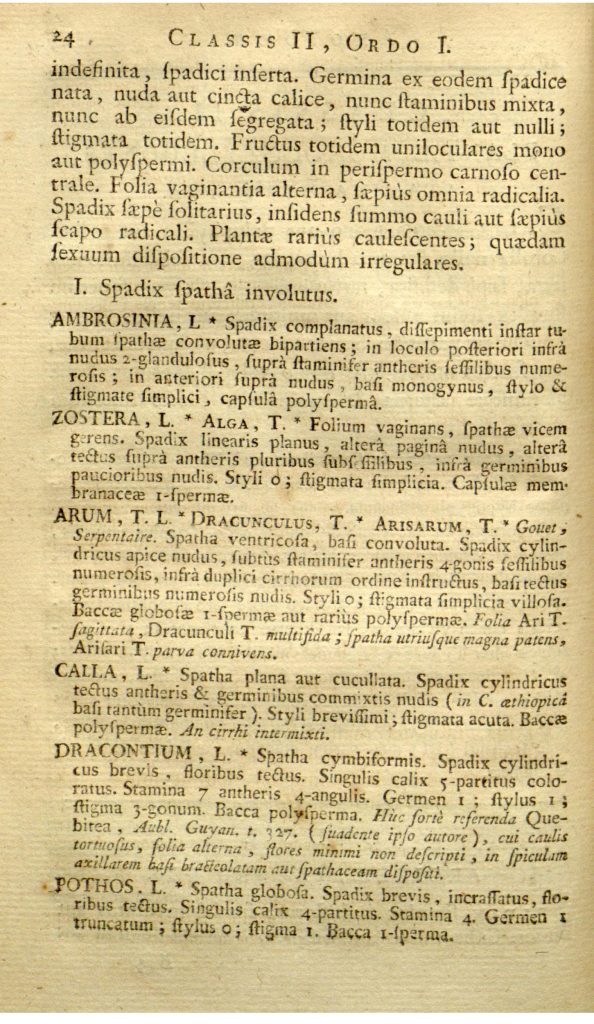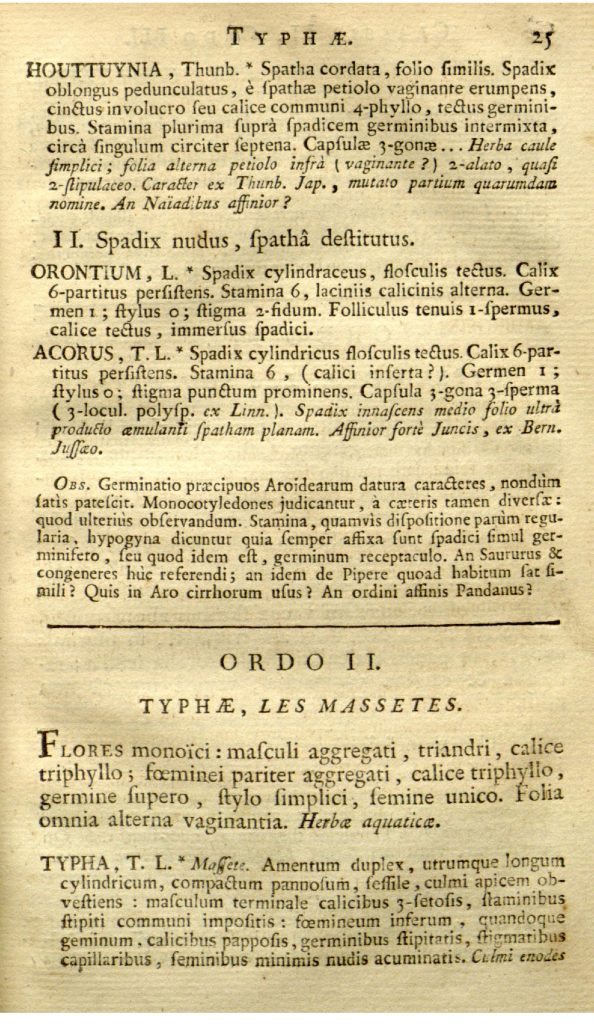Araceae
Background:Part of a poster that sold with the 1991 Missouri Botanical Garden calender.
Araceae is a family of monocots flowering plants known for the unique characteristics of their inflorescence. Comprising 150 genera and 4599 accepted species1. Description Roots: The explanation about roots in “The Genera of Araceae ” is the easiest to understand, so I refer to it. Roots in Araceae are always adventitious and dimorphic roots are often found in climbing hemiepiphytes, e.g. Monstera deliciosa, Philodendron bipinnatifidum. In some genera, e.g. Arisarum, Arum, Biarum, Cryptocoryne, specialized contractile roots occur which prevent the stem from rising too near to the soil surface
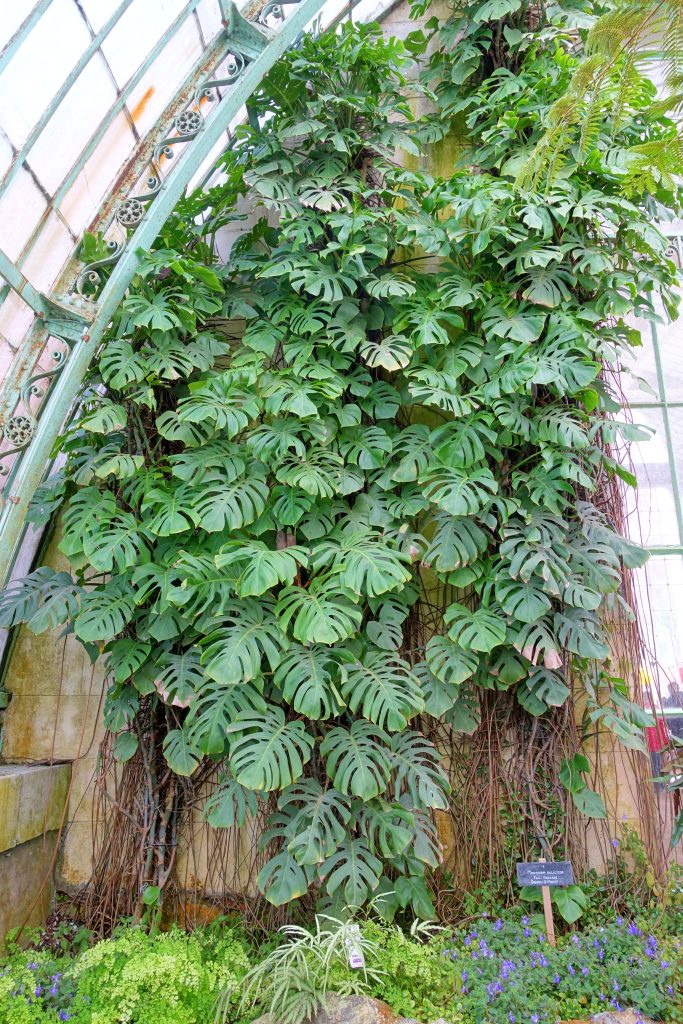
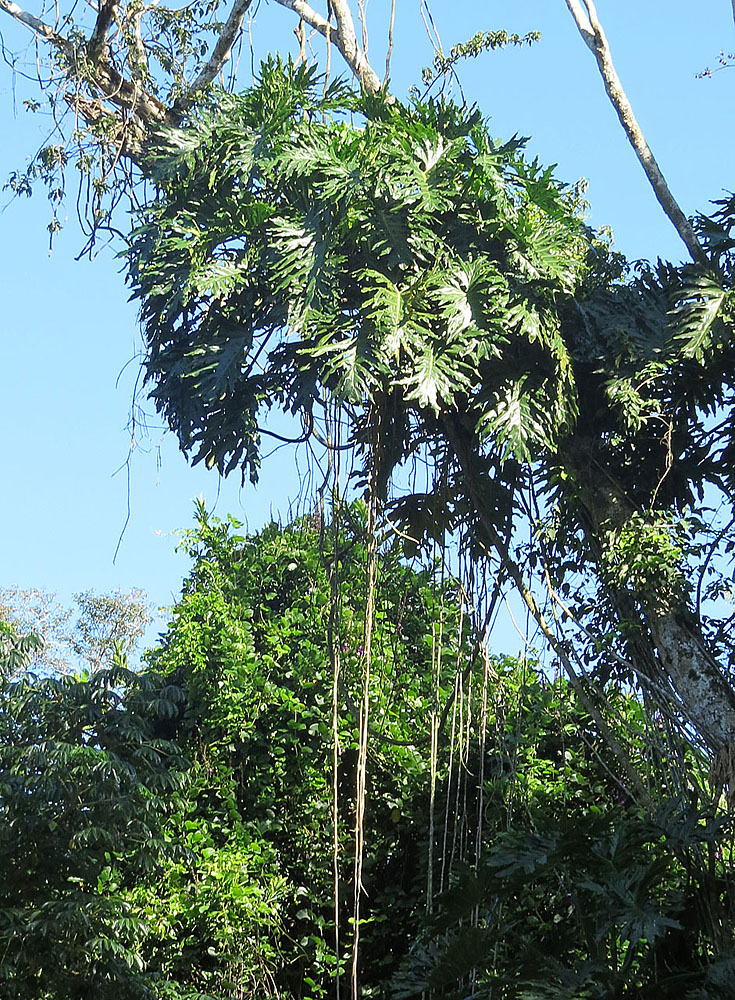
Stem: Araceae family displays diverse stem structures, ranging from elongated aerial axes in climbing hemiepiphytes to hypogeal rhizomes. Climbing genera with long internodes are common in primitive tribes, especially those with bisexual flowers. Geophytes are widespread, notably in the advanced Aroideae subfamily.
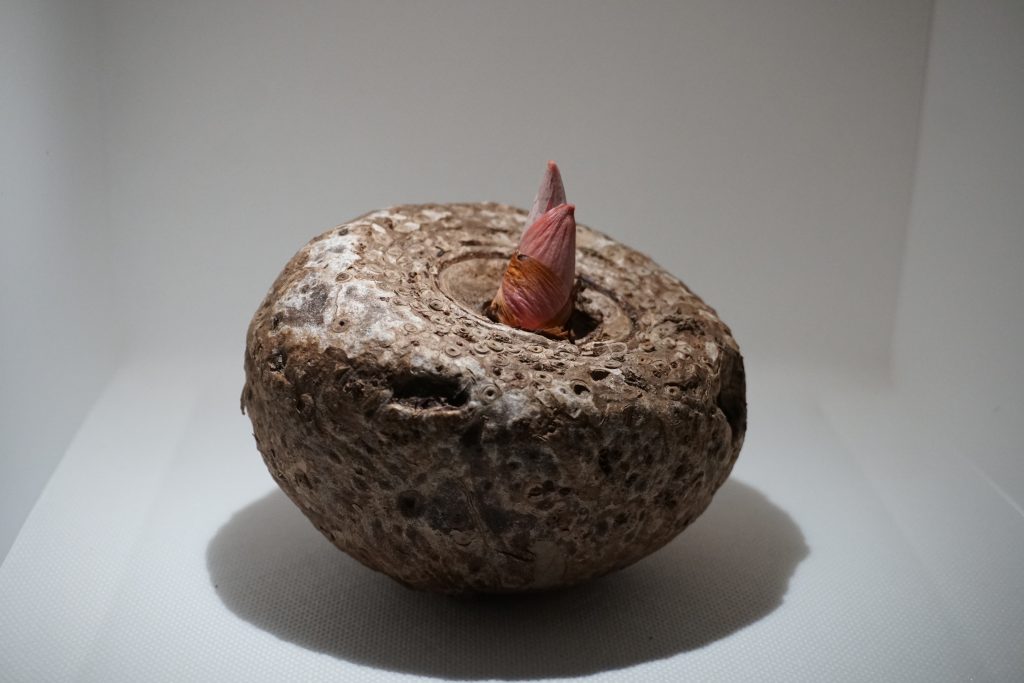
Abbreviated aerial stems, seen in epiphytic species like Philodendron, and larger arborescent forms in Alocasia, Xanthosoma, and Philodendron showcase the family’s varied growth habits. Specialized shoot types, such as flagelliform shoots for vegetative reproduction, exist in several genera.
Shoot organization varies widely, with a sympodial structure in most genera. Continued growth involves the development of a “continuation shoot.” Floral sympodia, producing multiple inflorescences, exhibit structural complexity, notably in Homalomena. Unique shoot arrangements are observed in Gymnostachys, while some tribes like Potheae and Heteropsis display lateral short shoots on monopodial axes.
This intricate diversity in shoot structures provides valuable insights for the taxonomy of the Araceae family.
Leaf:The leaves in most Araceae genera are distinctly structured with an expanded blade, petiole, and petiole sheath, although exceptions like Gymnostachys and some Biarum species exist. Sympodial leaves, often with reduced sheaths, are observed in Philodendron, especially when the apex without developing an inflorescence.
Araceae exhibits remarkable diversity in leaf size and shape, ranging from diminutive to gigantic. Shapes include linear, elliptic, ovate, cordate, sagittate, hastate, trifid, pedatifid.
Heteroblasty, observed in climbing genera, is a taxonomically useful characteristic. Certain genera, like Monstera and Pothos, exhibit “shingle plants,” with juvenile leaves having short petioles and blades lying flat against the host tree.
Inflorescence: The Araceae inflorescence consists of an unbranched spike (spadix) with numerous small, usually spirally arranged flowers, subtended by a specialized bract called the spathe. Notably, spathe and spadix modifications vary, showing an evolutionary trend towards synflorescence. Major modifications include loss of perigone, specialization of flower zones, and spathe differentiation. Specializations also involve diverse odors, color patterns, and persistence variations. Terminal appendices on the spadix, found in various tribes, function in pollinator attraction. Flowers may be 2- or 3-merous, exhibiting unique structures. Gynoecium variations include locule numbers and diverse placentation types. Stigmas are wet, with variations in lobing and size, particularly in Monsteroideae.

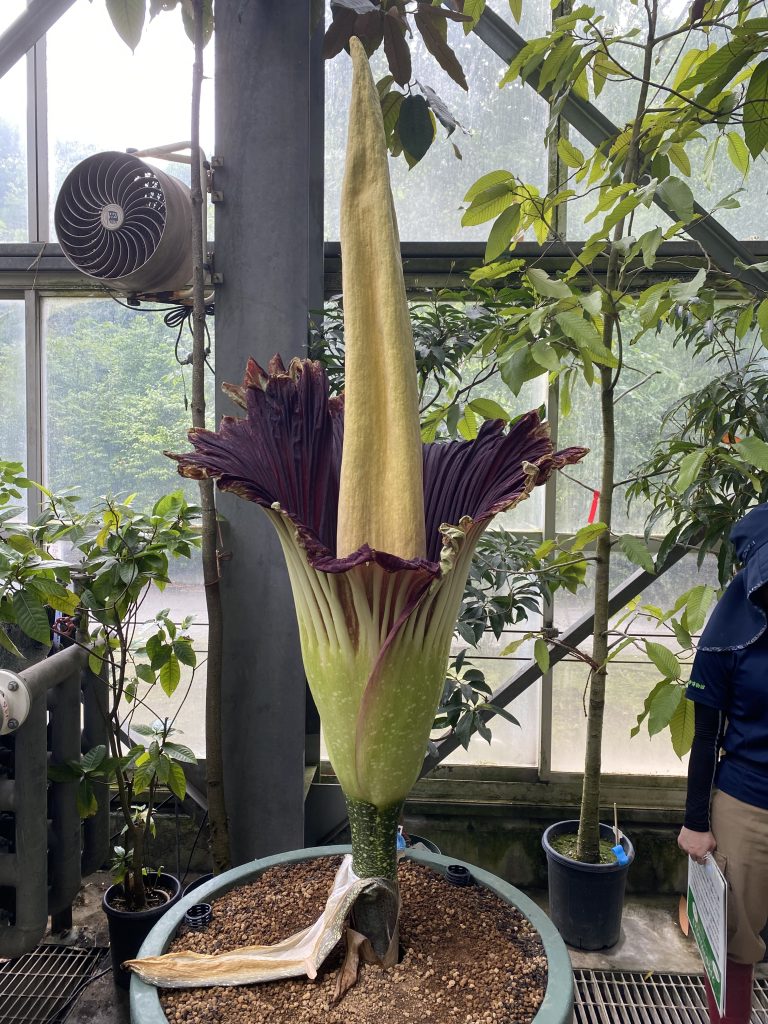
Fruits and seeds: Araceae fruits are typically juicy berries, occasionally drier or leathery. The infructescence is usually cylindric or globose. Berries are commonly red or orange, occasionally blue or white, and mostly free. Exceptions include syncarp formation in Syngonium and apically dehiscent syncarp in Cryptocoryne. Protective mechanisms vary, with perigone protection in perigoniate genera like Anthurium and spathe involvement in unisexual-flowered ones. Seeds, often embedded in mucilaginous pulp, aid dispersal. Endosperm presence varies, and seeds may exhibit diverse shapes, with straight or curved forms. Plumule development varies, and arillate seeds are observed in some genera. Testa characteristics include smooth, rough, or costate textures.

Distribution
The Araceae family, excluding Antarctica, is distributed across all countries and regions. While many species generally prefer warm and humid environments, there are also some that have adapted to cold climates (e.g., Lemna, Calla)
Etymology5
⑴ Arum: This refers to a genus of flowering plants within the family Araceae. The name “Arum” itself has a long history and has been used to describe various species of plants. The word “Arum” likely has its origins in ancient Greek or Latin. ⑵ -aceae: The suffix “-aceae” is commonly used in botanical nomenclature to denote a family of plants. It is derived from Latin and signifies a taxonomic grouping. When added to the genus name “Arum,” it forms the family name “Araceae.”
Genera6
First Description7
The first recorded mention of the Araceae family, also known as the Arum family, dates back to 1789 in the work “Genera Plantarum” by the French botanist Antoine Laurent de Jussieu.

